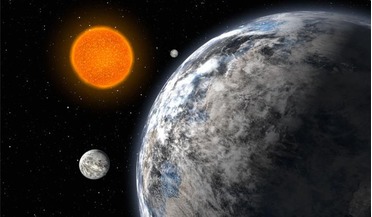 09 February 2018
New research on rocky worlds helps identify Earth-like planets
09 February 2018
New research on rocky worlds helps identify Earth-like planets
... assess whether this theory holds any merit or not, as their radii span this dividing line between super-Earth (rocky) and sub-Neptune (somewhat gassy) planets; planet b has a radii of 1.64, planet c is 1.29 and planet d is 2.08. Using their...
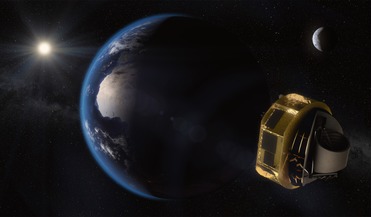 23 March 2018
ESA selects ARIEL to look closely at exoplanets
23 March 2018
ESA selects ARIEL to look closely at exoplanets
... of exoworlds from hot Jupiters, sub-Neptunes and super-Earths have been found orbiting different types of stars, and... mission will focus on warm and hot planets, ranging from super-Earths to gas giants orbiting close to their parent stars, as these...
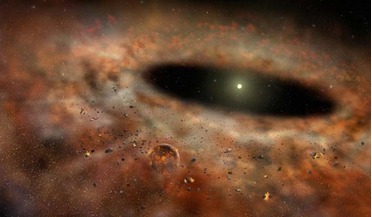 07 March 2016
Researchers show how water content in protoplanetary discs can affect planet formation
07 March 2016
Researchers show how water content in protoplanetary discs can affect planet formation
.... Their results also imply that hot and warm super-Earths found in exoplanet surveys could have formed beyond the... contain a significant fraction in water. These water-rich super-Earths should orbit primarily around stars with a low oxygen abundance...
 29 August 2019
Have researchers found the first volcanically active exomoon?
29 August 2019
Have researchers found the first volcanically active exomoon?
..., the signs are promising. “It would be a dangerous volcanic world with a molten surface of lava, a lunar version of close-in Super Earths like 55 Cancri-e” says Oza. More remarkable is that although the possible exomoon orbits a hot giant planet...
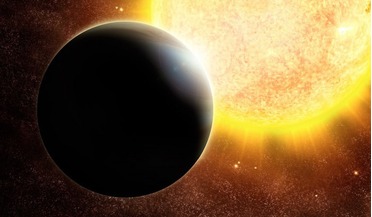 February 2016
How to Build Planets
February 2016
How to Build Planets
... or more. Anything lower and the analysis becomes less certain. Earth, for example, only forces the Sun to move at 0.1 metres..., the innermost of which is 55 Cancri e, a super-Earth type planet which appears to exhibit extreme variations in brightness...
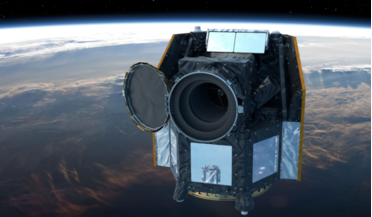 16 December 2019
Cheops, ESA's exoplanet watching telescope launches tomorrow
16 December 2019
Cheops, ESA's exoplanet watching telescope launches tomorrow
... rather a follow-up programme, to uncover precise size measurements of these already identified exoworlds which range from super-Earth to Neptune-sized planets. The planet watcher will make these high-precision observations by measuring the minuscule...